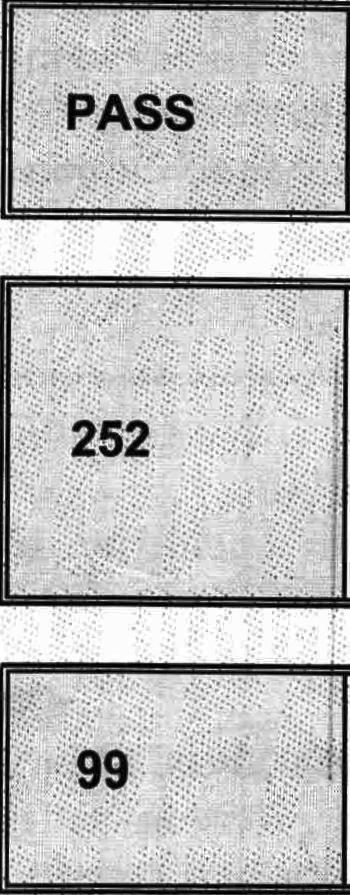Warfarin
Uses:
- Afib
- Mechanical valves
- DVT/PE
Overdose:
- Bleeding to death: give FFP with will immediately help, and give Vit K (takes a couple days to work)
- Just have an elevated INR (no active bleeding):
- Hold coumadin
- Give Vit k if INR really high
Good:
- Oral (means no annoying shots)
- Cheap
Bad:
- Takes a few days to reach a therapeutic level
- Hard to reverse
- Hard to regulate
Ugly:
- Warfarin skin necrosis (pro-clot situation, happens because protein c and s go
- away first leaving factors 10, 9, 7, and 2 unopposed)
Heparin
Uses:
- DVT/PE in hospital
- AMI
- Non-hemorrhagic stroke
- DIC
- Prophylaxis in hospital
Overdose:
- Bleeding to death: protamine sulfate
- Elevated PTT: hold heparin
- Good:
- Quick and cheap
- Easy to monitor
- Easy to reverse
- Can give to preggos
Bad:
- IV/Subcut only
- Have to give often (you get an subcutaneous injection every 8 hours)
- Variable response to same dose
Ugly:
- HIT (platelets drop 50% in a few days or get less than 50,000, history of heparin exposure (heparin coated catheters, heparin flushes, put a sign above their bed saying "NO HEPARIN PRODUCTS")
- Die from thrombosis (arterial or wacky venous thrombosis)
- Treat HIT by withholding ALL heparin products, argatroban, lepirudin. Can never give enoxaparin if already have HIT because it can cause HIT 5% of time.
Enoxaparin
Uses:
- AMI
- DVT/PE
- Preggos w/ DVT
OD:
- Active bleeding give FFP
- Hold enoxaparin
Good:
- Can give to preggos
- Longer half life
- Don't need to monitor (for a given dose per weight you will get a known result)
- Less incidence of HIT
Bad:
- $$$$$
- Subcut only
- Still can cause HIT
- Adjust with renal failure









